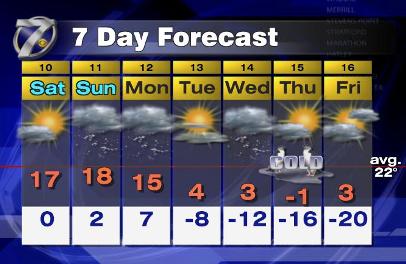“It is exceedingly difficult to make predictions, particularly about the future.”
- Niels Bohr (Danish physicist)
Forecasting is a difficult though necessary evil in finance. So what rates should be used for forecasting? We strongly believe that when forecasting market variables, entire distributions should be created and not just single point estimates. Nevertheless, what should be the “center” of the distribution or our true expectation? We see too many bankers relying on forward rates as if they were the holy grail of market forecasts when in fact, forward rates are appropriate to use in only ONE specific case for one type of market player.
 Perhaps the greatest breakthrough in financial engineering is the concept of pricing assets in
Perhaps the greatest breakthrough in financial engineering is the concept of pricing assets in
a “risk-neutral” world. Skipping the unnecessary details, this idea essentially allows us to conclude that, in complete and arbitrage-free environments only, we can assume that all securities will earn the risk free rate of return. This dramatically simplifies asset valuation in arbitrage-free markets.
What types of environments are arbitrage-free? The closest thing we get in public finance are the swap markets. That’s it. For everyone else (investment bankers, financial advisors, issuers and even investors) forward rates are interesting but simply inappropriate for use in forecasting. It’d be nice to have a simple calculation to do see what the future is most accurately expected to be, but the Real world and the Risk-neutral one are fundamentally different and should not be confused.

Comments